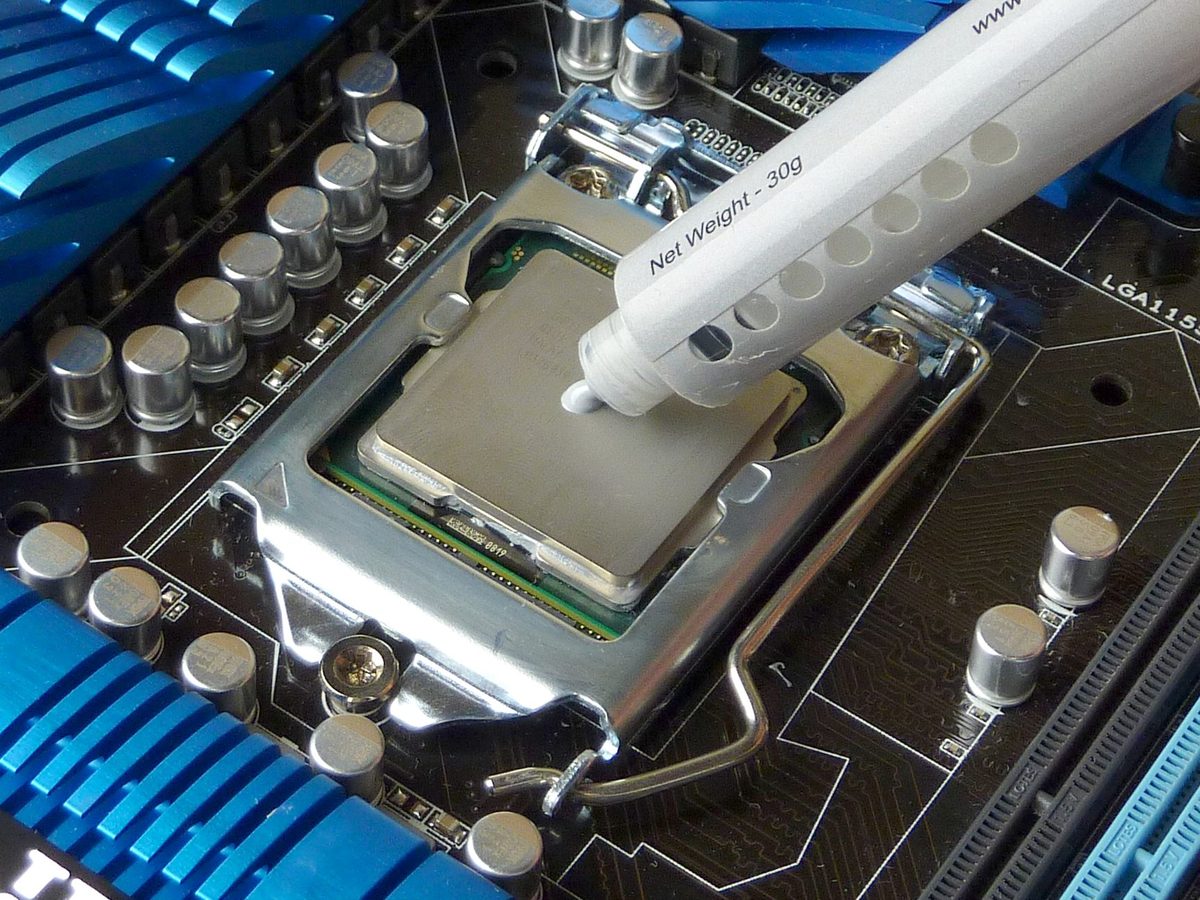So today I got my 3800x as an upgrade from the 2600.
My temps are much higher idle and under load. Is this normal for the 3800x compared to the 2600? My 2600 idled at 38c-48c (it would spike randomly which is normal behavior for ryzen). The 3800x idles at 45c-70c. Yes the same type of "spike" behavior even idle but when it spikes sometimes it has reached up to 70c, but mostly it just spikes to around 55c-61c, however I seen it reach 70c idle.
I current have the clock at 4.4ghz which is .1ghz lower than its max boost speed, and voltage set to 1.42 (It was reaching 1.47 at 4.3ghz on auto mode under load).
My memory is on XMP 3000mhz cl15.
My cooler isnt the greatest, its the Cooler Master Hyper T2, but Ive heard its within a few degrees on performance compared to the 212 evo.
So is this normal or do these temps seem high? I even had to adjust my fan curve so it didnt keep ramping on idle.
MOBO: MSI Tomahawk B450
CPU: Ryzen 7 3800x (4.4ghz 1.42v)
Cooler: Cooler Master Hyper T2
GPU: Gigabyte RTX 2060 Super OC 3x Windforce White (8pin only version)
MEMORY: HyperX RGB 2x8gb DDR4 3000mhz
Storage: Samsung 860 Evo 250gb / 500gb Seagate / 1tb Samsung 860 Qvo
PSU: Corsair cx550m
WIN: Windows 10 Pro
Case Cooling: Antec Prizm 3x 120mm rgb case fans with controller and 2 RGB strips / 1 default 120mm case fan
Case: Cougar MX330
My temps are much higher idle and under load. Is this normal for the 3800x compared to the 2600? My 2600 idled at 38c-48c (it would spike randomly which is normal behavior for ryzen). The 3800x idles at 45c-70c. Yes the same type of "spike" behavior even idle but when it spikes sometimes it has reached up to 70c, but mostly it just spikes to around 55c-61c, however I seen it reach 70c idle.
I current have the clock at 4.4ghz which is .1ghz lower than its max boost speed, and voltage set to 1.42 (It was reaching 1.47 at 4.3ghz on auto mode under load).
My memory is on XMP 3000mhz cl15.
My cooler isnt the greatest, its the Cooler Master Hyper T2, but Ive heard its within a few degrees on performance compared to the 212 evo.
So is this normal or do these temps seem high? I even had to adjust my fan curve so it didnt keep ramping on idle.
MOBO: MSI Tomahawk B450
CPU: Ryzen 7 3800x (4.4ghz 1.42v)
Cooler: Cooler Master Hyper T2
GPU: Gigabyte RTX 2060 Super OC 3x Windforce White (8pin only version)
MEMORY: HyperX RGB 2x8gb DDR4 3000mhz
Storage: Samsung 860 Evo 250gb / 500gb Seagate / 1tb Samsung 860 Qvo
PSU: Corsair cx550m
WIN: Windows 10 Pro
Case Cooling: Antec Prizm 3x 120mm rgb case fans with controller and 2 RGB strips / 1 default 120mm case fan
Case: Cougar MX330




